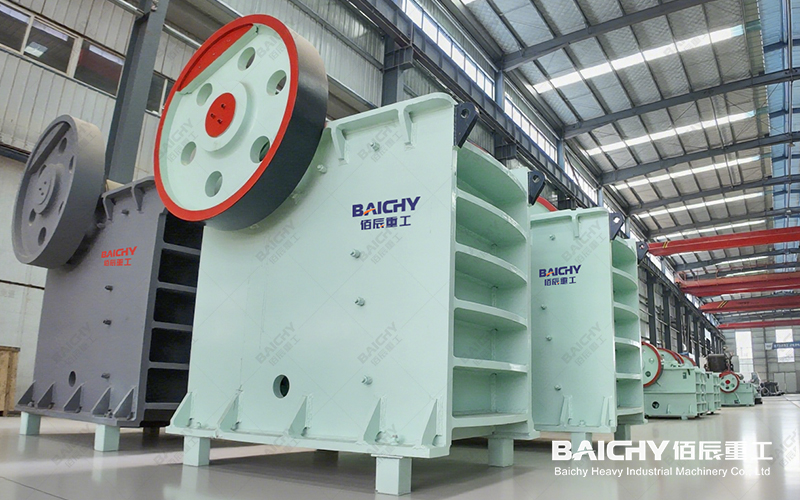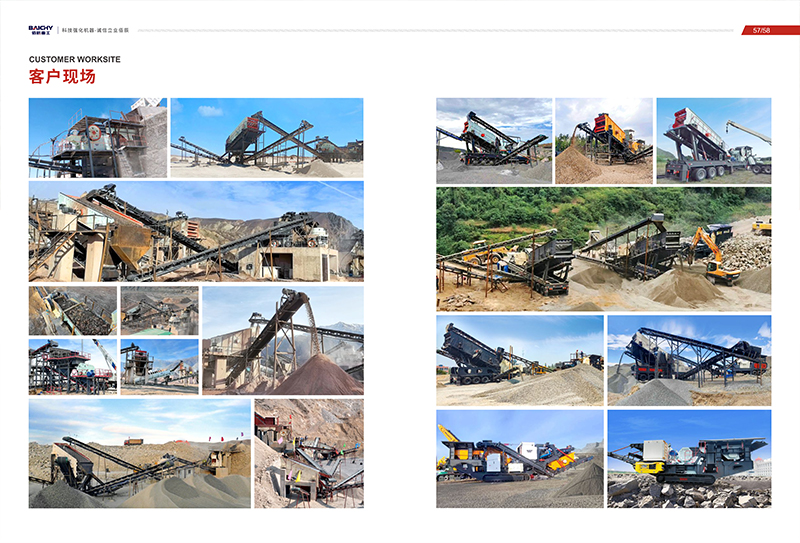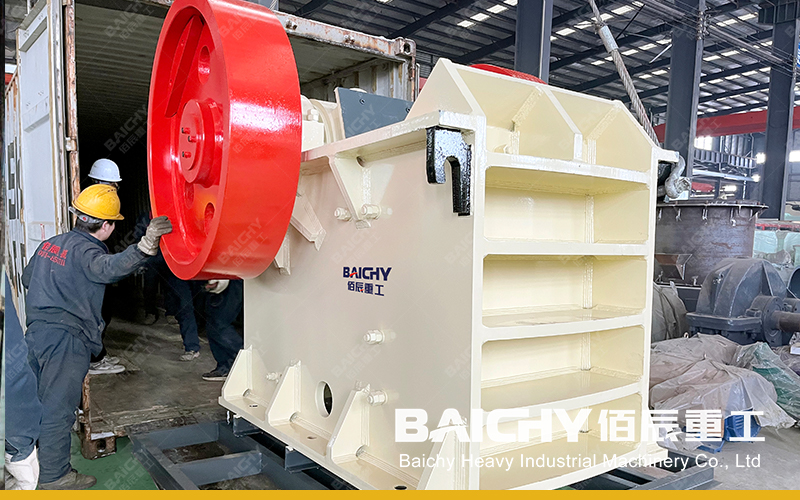
With increasingly stringent environmental policies, sludge treatment has become a crucial issue in industrial and municipal sectors. Sludge dryers, as highly efficient dewatering equipment, achieve sludge reduction, stabilization, and resource recovery through technological innovation, providing key support for enterprises to reduce disposal costs and improve environmental benefits. This article will delve into its working principle, technical characteristics, and practical application value.
I. Working Principle of Sludge Dryers
Sludge dryers transform high-moisture sludge into low-moisture solid materials through a combination of heat conduction and mechanical dewatering. The core processes include:
1. Feeding and Initial Dewatering: Wet sludge enters the dryer via a conveying system, where initial moisture separation is achieved through screw extrusion or centrifugal force.
2. Hot Air Circulation Drying: Under the action of high-temperature hot air, the moisture in the sludge further evaporates, while the internal stirring device ensures uniform heating of the material.
3. Dry Material Discharge and Exhaust Gas Treatment: The dried solid material is collected through the discharge port, while the exhaust gas generated by evaporation is treated by a purification system before being discharged in compliance with standards.
II. Technical Advantages: Why Choose Professional Drying Equipment?
1. High Efficiency and Energy Saving: Utilizing waste heat recovery technology, energy consumption is reduced by more than 30% compared to traditional equipment.
2. Strong Adaptability: Capable of handling various high-moisture materials such as industrial sludge, municipal silt, and riverbed sediment.
3. Automated Control: A PLC intelligent system adjusts temperature and speed in real time, ensuring operational stability.
4. Environmental Compliance: Integrated dust removal and deodorization devices effectively control secondary pollution.
III. Application Areas and Case Studies
• Industrial Sector: High-pollution sludge treatment in electroplating, papermaking, and dyeing industries, achieving solidification of harmful substances.
• Municipal Wastewater Treatment Plants: Reducing sludge moisture content from 80% to below 30%, facilitating transportation and resource utilization.
• River Dredging: Rapidly treating silt, avoiding land accumulation and resource occupation.
• Agricultural Reuse: Converting harmlessly dried sludge into organic fertilizer raw materials, promoting a circular economy. IV. Selection Recommendations: Focus on Core Parameters and Brand Service
When selecting equipment, the following should be considered:
• Processing Capacity: Match the equipment model to the average daily sludge volume.
• Energy Type: Gas, steam, or electricity; choose based on local costs.
• After-sales Support: Does the brand provide installation, commissioning, and long-term maintenance services?
It is recommended to verify the actual operating effect of the equipment through on-site inspections or case studies.
Sludge dryers, with their high efficiency and environmental friendliness, have become core equipment in modern sludge treatment. Through technological upgrades and scenario adaptation, they not only solve sludge disposal problems but also promote resource recycling and sustainable development. Choosing professional equipment is the key to achieving a win-win situation for both the environment and the economy.
For more technical details or customized solutions, please contact our professional team for one-on-one consultation!











